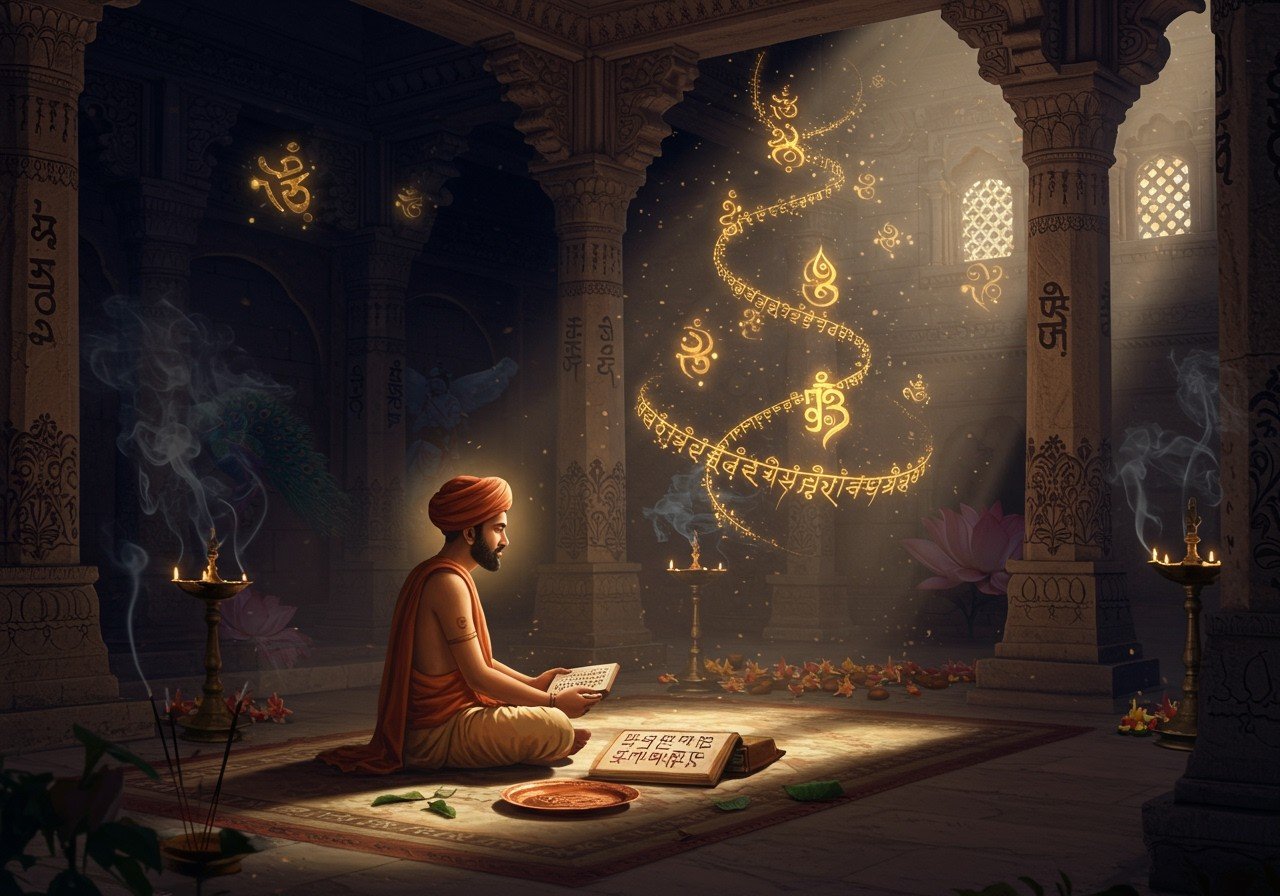
The Devanagari script, a cornerstone of numerous languages in the Indian subcontinent, including Hindi, Marathi, Sanskrit, and Nepali, embodies India’s rich cultural and linguistic tapestry. More than just a writing system, it stands as a testament to a profound heritage. Understanding its origins, evolution, and structure unveils the depth of Indian traditions and linguistic history. This exploration delves into the fascinating journey of Devanagari, addressing common inquiries about its creation, source, and age.
Origins of the Devanagari Script
The name Devanagari, derived from “Deva” (deity) and “Nagari” (city), reflects its divine and urban associations. Emerging from the ancient Brahmi script, one of India’s oldest writing systems, Devanagari transitioned through the Gupta script before reaching its current form. Ancient inscriptions and manuscripts provide a roadmap of this evolution. Key historical figures and scholars played crucial roles in standardizing the script, which subsequently spread across the Indian subcontinent, significantly aided by religious texts like the Vedas and Upanishads. These sacred scriptures, written in Devanagari, became instrumental in its proliferation and cultural assimilation.
Historical Timeline of Devanagari
Devanagari’s prominence began around the 7th century CE. Significant adaptations and modifications occurred over subsequent centuries. By the 11th century CE, it was widely adopted for administrative and literary purposes, further popularized by medieval poets and writers. Various regional languages and dialects embraced Devanagari, solidifying its position in the linguistic landscape. The introduction of printing technology during the colonial era significantly impacted its usage and dissemination. Post-independence India witnessed concerted efforts to preserve and promote Devanagari, recognizing its importance in national identity and cultural continuity.
Structure and Characteristics of Devanagari
Devanagari’s syllabic nature, where each character represents a syllable, distinguishes it from alphabetic systems. Matras (diacritics) modify vowel sounds, adding complexity and nuance to the script. The shirorekha (horizontal line) visually connects the letters, creating a unique aesthetic. Characters are categorized as vowels, consonants, and compound alphabets, providing a structured framework for learning. The script’s phonetic accuracy facilitates pronunciation and comprehension. Devanagari’s inherent aesthetic qualities have led to various calligraphy styles, demonstrating its artistic versatility. Its adaptability in digital and modern contexts ensures its continued relevance in the digital age.
Cultural Significance of Devanagari
Devanagari has played a vital role in preserving ancient texts and scriptures, safeguarding India’s intellectual and spiritual heritage. Used in religious rituals and ceremonies, it adds a layer of sacredness to these practices. Serving as the medium for literary masterpieces like the Ramayana and Mahabharata, Devanagari has cemented its place in literary history. Its significance in educational systems and academic scholarship underscores its importance in knowledge transmission. The script’s presence in art, architecture, and traditional crafts showcases its deep integration into Indian culture. Moreover, Devanagari fosters a sense of identity among speakers of Hindi, Marathi, Sanskrit, and other languages, connecting them through a shared script. Its presence in contemporary media demonstrates its enduring relevance in the modern world.
Modern Usage and Evolution of Devanagari
Devanagari continues to be widely used in official documents and government publications, reflecting its official status. Technology has been instrumental in digitizing Devanagari, increasing its accessibility online and facilitating its use in digital communication. Unicode standardization has ensured its seamless integration into software development, enabling its use across various platforms. Efforts to promote Devanagari literacy in both rural and urban areas aim to empower individuals and bridge the digital divide. Schools and universities across India teach Devanagari, fostering a deep understanding of the script and its cultural significance. Academic research on Devanagari has garnered global interest, contributing to a broader understanding of its linguistic and historical importance. Modern typography and design have adapted the script for contemporary use, ensuring its continued relevance in the evolving visual landscape.
Poojn.in: Your Resource for Honoring Devanagari’s Heritage
Poojn.in, India’s leading provider of spiritual and cultural goods, offers a wide selection of products to honor the sacred connection between Devanagari and knowledge. Celebrate the divine script and seek the blessings of Goddess Saraswati, the patron of learning, with our authentic puja items:
-
Brass Saraswati Idols: Beautifully crafted brass idols of Goddess Saraswati for your home altar, perfect for invoking her blessings of wisdom and knowledge. Find exquisite Saraswati idols here.
-
Puja Items: All essential puja items, including incense, diyas (lamps), and offerings, are available to enhance your devotional practices. Explore our collection of puja essentials.
-
Sacred Texts: Discover a wide range of scriptures and religious books written in Devanagari, deepening your understanding of its spiritual significance. Explore our collection of sacred texts.
Conclusion
Devanagari’s journey through time showcases its enduring legacy in Indian culture and language. Its evolution, adaptation, and widespread use reflect its profound impact on communication, literature, and spirituality. Preserving and promoting Devanagari for future generations is crucial for honoring the rich heritage embedded within this script. It is not merely a writing system; it’s a symbol of cultural pride and continuity, connecting millions through a shared script and heritage.


